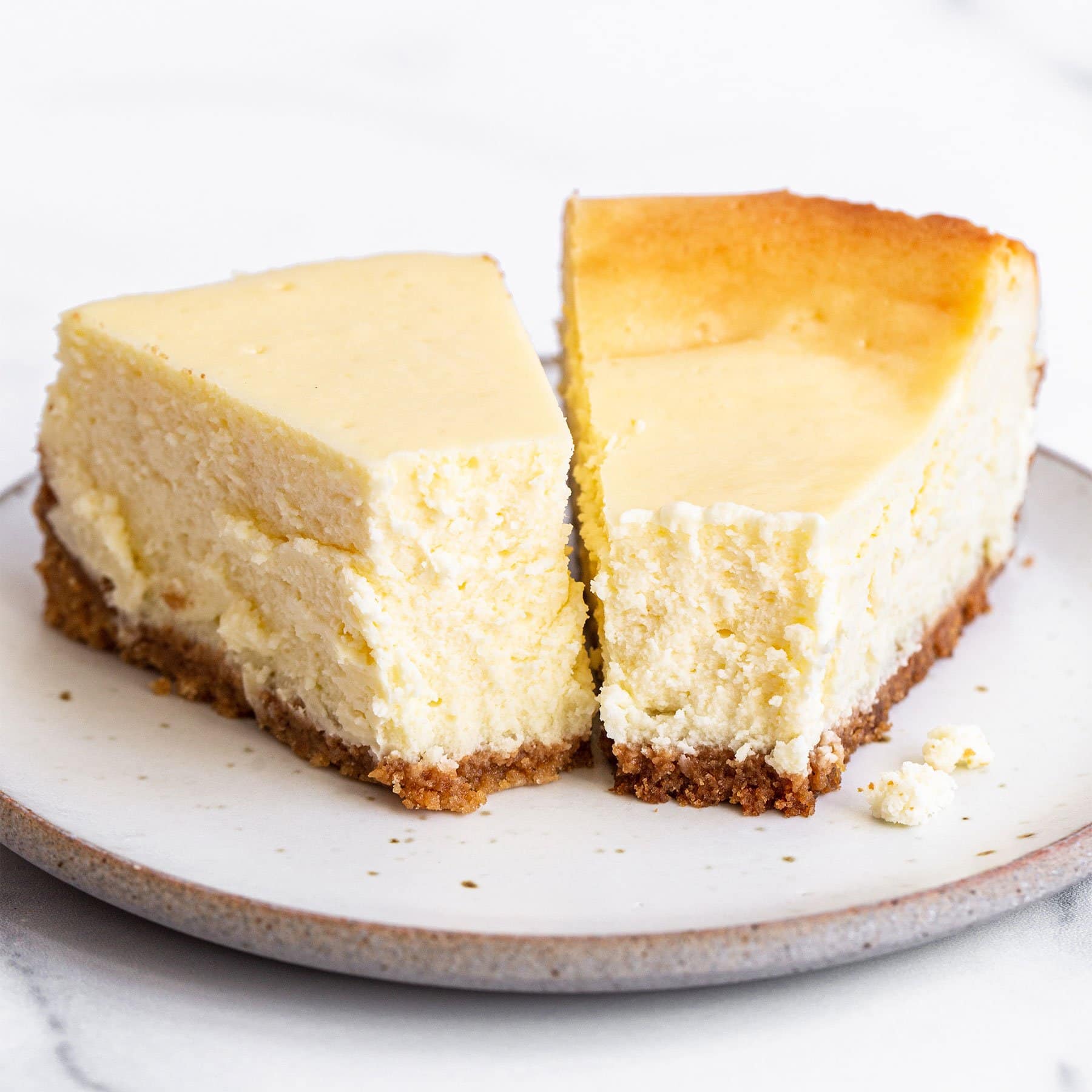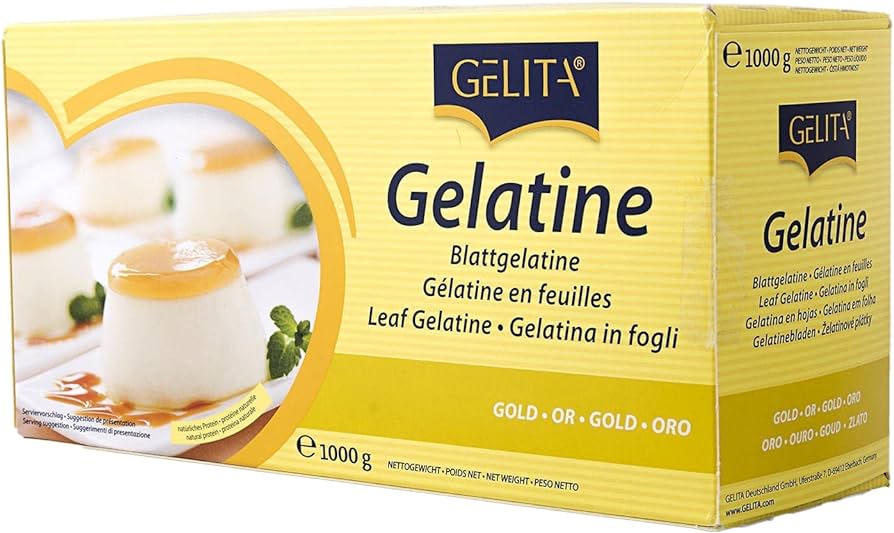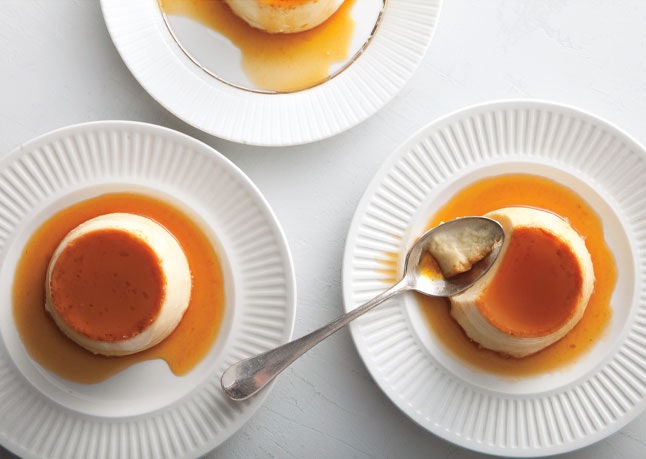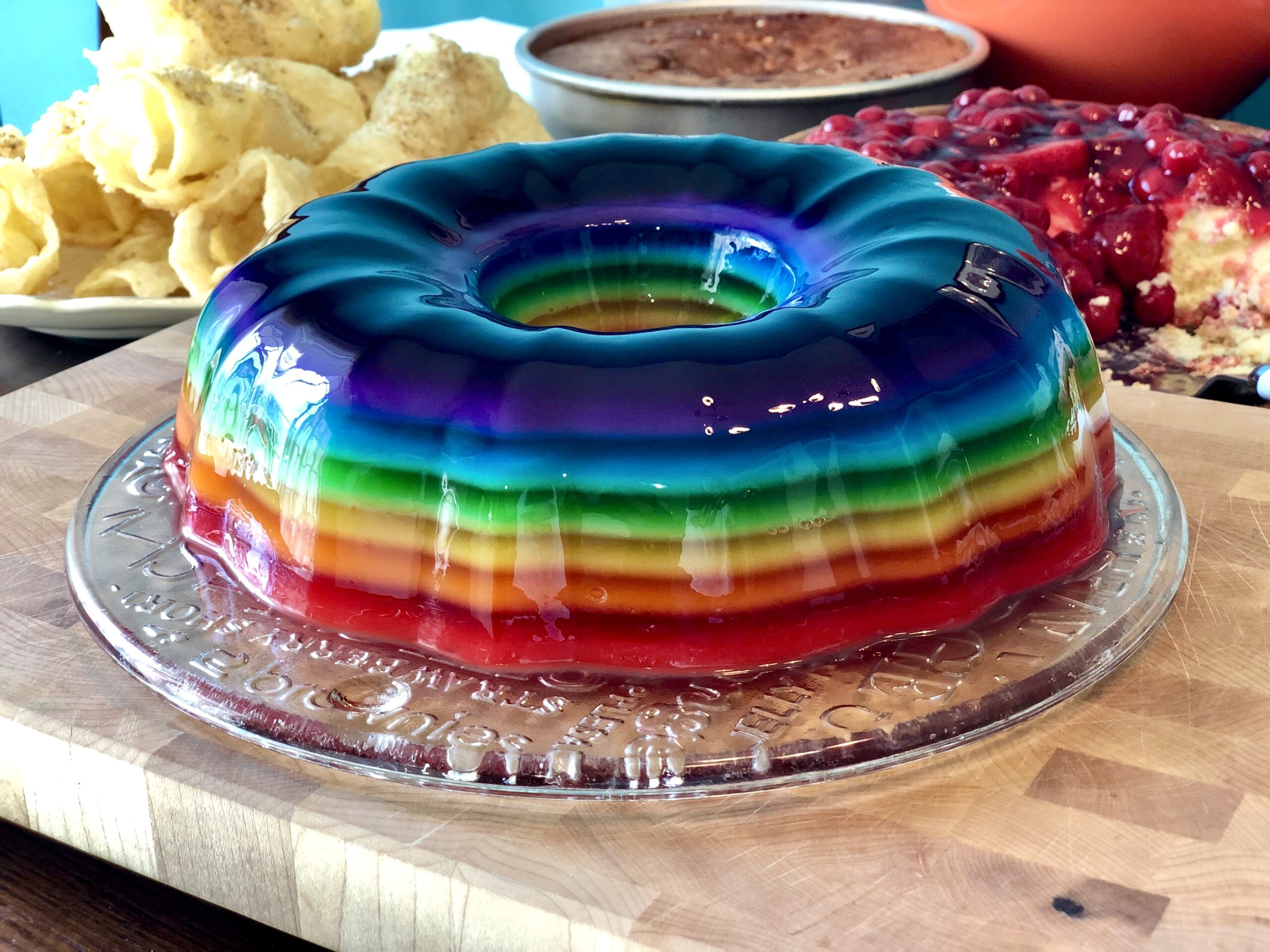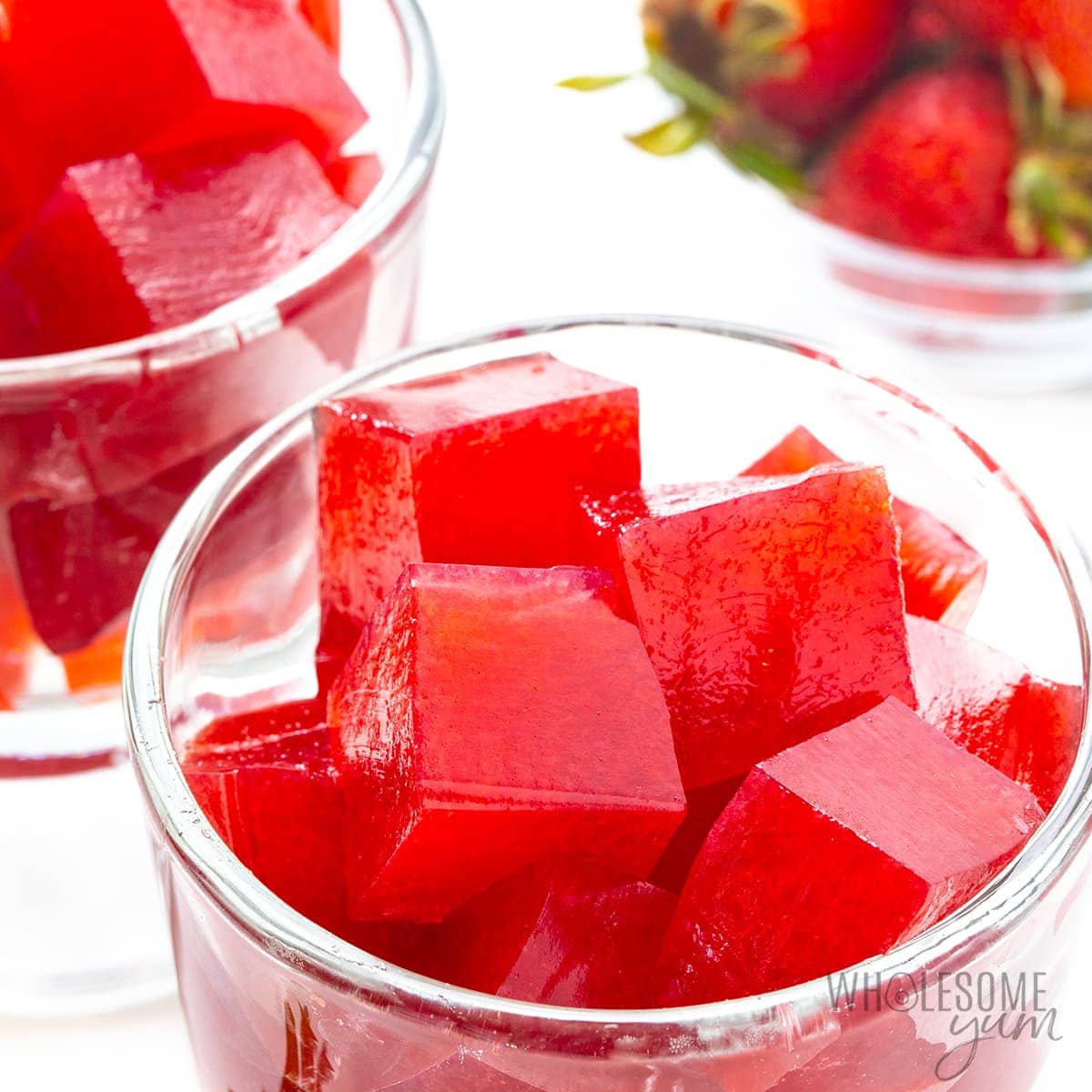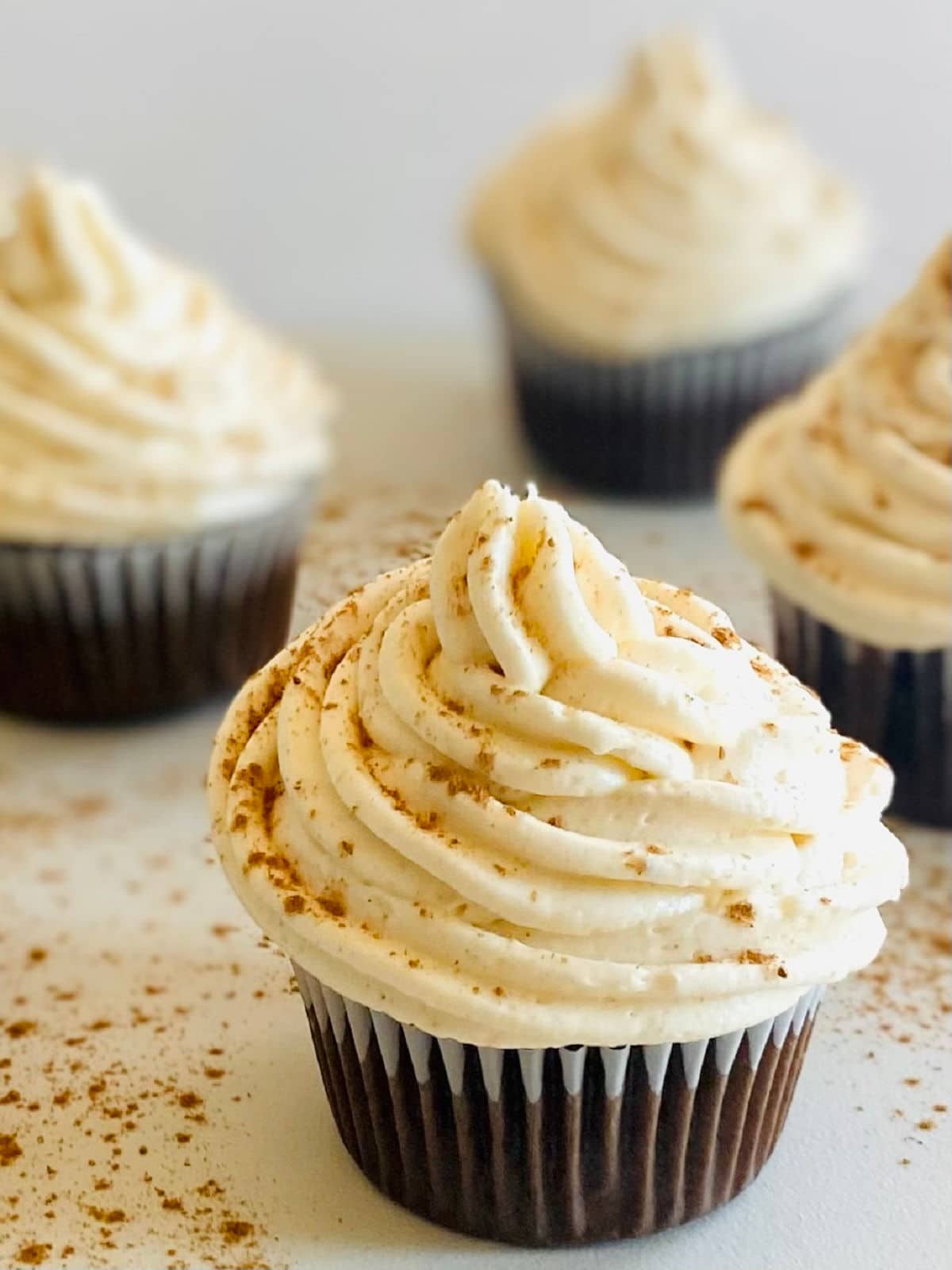Keywords: gelatin sheets, gelatin, thickening agent, collagen, molded desserts, cold soups, marshmallows, confectioneries, stabilizer, thickener, texturizer, jams, yogurt, cream cheese, animal hide, bone, kosher, Halal, vegetarian diets, sheet gelatin, granulated gelatin, professional cooks, European recipes, clarity, ease of use, blooming gelatin, tropical fruit juices, Bloom Gelometer, measurement of gelatin rigidity, Bloom grade, Silver grade, Gold grade, soaking, dissolving, chilling, freezing, syneresis, Modernist Pantry
Summary:
Gelatin sheets are a form of gelatin commonly used as a thickening agent in various dishes. Gelatin is made from collagen found in animal bones, cartilage, and connective tissue. It is used in molded desserts, cold soups, marshmallows, and confectioneries. It acts as a stabilizer, thickener, and texturizer in foods like jams, yogurt, and cream cheese. Gelatin sheets are derived from animal hide and bone. They dissolve more slowly but produce clearer results compared to granulated gelatin. Professional cooks and European recipes often prefer sheet gelatin. Blooming gelatin refers to the process of softening it in liquid before melting. It is recommended to avoid using fresh tropical fruit juices as they contain enzymes that break down gelatin. Gelatin rigidity is measured using a Bloom Gelometer. Different grades of sheet gelatin are available, including Silver grade (160 Bloom) and Gold grade (190-220 Bloom). Using gelatin sheets involves soaking them in cold water, removing excess water, adding to room temperature liquid, and heating until dissolved. Gelatin desserts should be chilled for at least eight hours, and freezing gelatin may cause syneresis upon thawing. The gelatin sheets sold by Modernist Pantry are made in Germany from pork skin and are widely used by chefs and recipes globally.
Continue Reading
